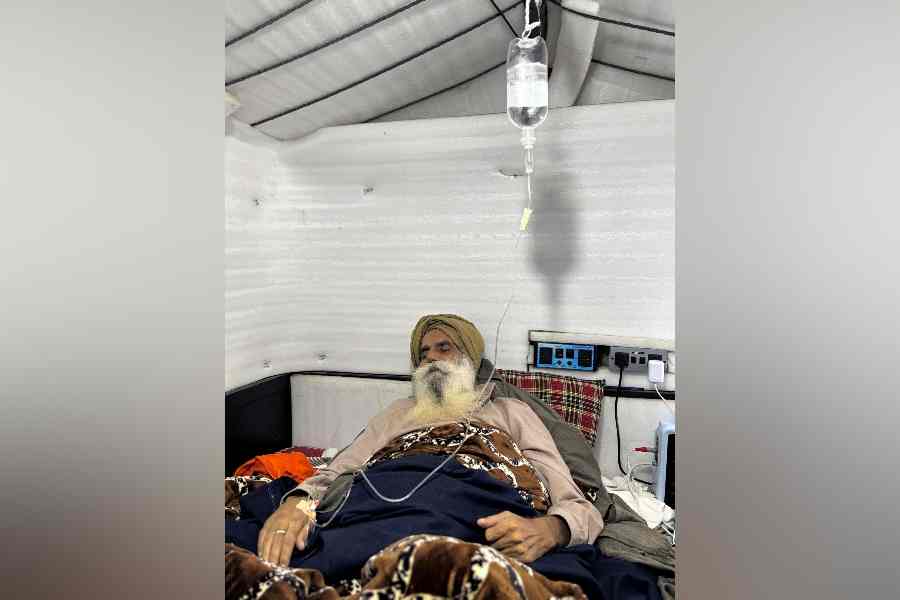A French astronaut who leaves Earth these days does not leave French food behind. Here are some of the foods that Thomas Pesquet, a French astronaut who launched on a SpaceX rocket to the International Space Station recently, will enjoy during his six-month stay in orbit: lobster, beef bourguignon, cod with black rice, potato cakes with wild mushrooms and almond tarts with caramelised pears.
Space cuisine has come a long way since Yuri Gagarin, the Soviet astronaut who in 1961 was the first to reach space, squeezed puréed beef and chocolate sauce from toothpaste-like tubes. The food for John Glenn, who 10 months later became the first American in orbit, was not any tastier. He swallowed some applesauce.
Nowadays, astronauts get to share the culinary creations of their countries, and the world’s space agencies are showing that while life in space is hectic, an astronaut should at least be able to enjoy a quality meal now and then.
That is why Pesquet and his crewmates aboard the station will get to dine on dishes prepared by three separate French culinary institutions.
Alain Ducasse, a chef who operates renowned restaurants around the world including Benoit in New York, has collaborated for years with the French space agency to create menu items available to astronauts aboard the space station.
In addition, another Michelin-starred chef, Thierry Marx, and Raphaël Haumont, a physical chemistry professor at the University of Paris-Saclay, France, have created some dishes specifically for Pesquet. The two run the university’s French Centre of Culinary Innovation and had cooked some meals for Pesquet’s first trip to the space station in 2016.
Pesquet, a former Air France pilot, also asked Servair — a catering company for Air France and other airlines — to devise some dishes for him.
However, Pesquet will not be dining on lobster and beef bourguignon every day. These meticulously prepared dishes are intended for celebrations of special occasions such as birthdays, with enough servings for Pesquet to share.
But even everyday space cuisine that Nasa provides for astronauts these days is “pretty fantastic”, said Shane Kimbrough, the Nasa astronaut who is the commander of the recent SpaceX mission.
Ryan Dowdy, who just left Nasa after managing food on the space station for more than two years, said there are some 200 items on the menu to ward off monotony.
Food in space cannot be exactly like food on Earth. Much of it is freeze-dried, with the water extracted, to reduce its size and volume. Other foods are heated to high temperatures to kill off germs so that they can sit around at room temperature, sealed in cans and plastic bags, for a couple of years before being eaten. Space food should also not be crumbly, disintegrating into bits that could be inhaled or float into sensitive equipment.
Astronauts inject water into the plastic bags to rehydrate dried foods. A forced-air convection oven heats other dishes.
For the health of the astronauts, the foods are usually low in sodium, sugar and fat.
“They are high-performance athletes,” Marx said.
Alcohol is also prohibited — a particular challenge for French cuisine that prizes wine. Marx did not leave out the wine from the mushroom sauce accompanying an entree of slow-cooked beef and vegetables. But then the alcohol was extracted through a spinning evaporator without removing the flavour. The sauce was then verified to be alcohol-free via a nuclear magnetic resonance instrument.
The flavours also have to survive the sterilisation process — what food scientists call thermo-stabilisation. That usually means heating the food to 140 °Celsius, or 285 °Fahrenheit, for an hour, Haumont said. “Can you imagine a cake or a piece of chicken or something like that on Earth?” he said. “More than an hour of cooking at 140 °C destroyed the structure. So we have to rework the cooking techniques.”
Nasa continues to add to its space menu too. “Just like any other piece of a rocket engine or a spacesuit, our food is a government-certified spaceflight hardware that fulfils a specific function,” Dowdy said.
The astronauts at the space station do eat ice-cream on occasion. There are freezers on both the spacecraft taking cargo to the space station and the space station itself.
“If there ends up being a little extra space in a cold stowage area, then we’ll try to fill that with a frozen dessert for the crew members,” Dowdy said.
With real ice-cream available, there is no need in space for those blocks of chalky Neapolitan astronaut ice-cream parents buy for their children at museum gift shops. Indeed, in the 60 years of the Space Age, no astronaut has ever eaten astronaut ice-cream, at least not in space.
Cargo missions to the space station also take up fresh produce like apples, oranges and tomatoes.
Recently, refrigerated cheese has started going to space too, a request by Shannon Walker, a Nasa astronaut who is currently at the station. Dowdy worked with a Houston cheesemonger to find a Belgian Gouda.
Future food challenges in space will include cooking and growing crops. That will become crucial on longer missions like trips to Mars, where there will not be a continual arrival of supply ships.
NYTNS











